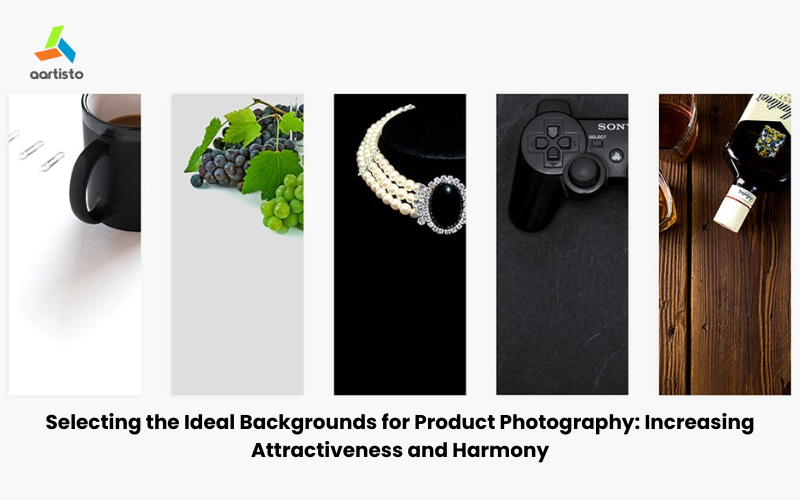The backdrop is important in product photography; it’s sometimes just as important as the subject. The proper backdrop draws the viewer’s attention to the product, which serves as the focal point and boosts the product’s overall attractiveness. Whether you’re shooting in Toronto or anywhere else on the globe, this in-depth article explores choosing the ideal backdrops for your product photography.
1. Recognizing Backgrounds’ Function in Product Photography
In product photography, backgrounds have many uses. They help you communicate the narrative you want to tell about the product, create the tone, and provide context. A well-considered backdrop may enhance a product and increase its attractiveness to buyers.
2. Product Photography Background Types:
a. Streamlined Paper Backdrops
Seamless paper is a staple in product photography Toronto and globally. It provides a backdrop that is tidy, reliable, and unobtrusive. Its range of hues enables photographers to either accentuate or soften the color scheme of the product.
b. Backgrounds with Textures
Product photography provides depth and intrigue from textured backdrops. Images may take on a tactile feel from materials like metal, wood, or cloth. This works particularly well for goods whose brand narrative relates to industrial, rustic, or natural elements.
c. Background Contexts
It may be better in certain situations to place the product in a real-world setting. For example, utensils are photographed in a real kitchen. This kind of product photography aids prospective customers in seeing the item in their own homes.
3. Selecting the Appropriate Color Scheme
Your product picture may be enhanced or detracted from by the backdrop color. Since they seldom conflict with the product, neutral colors like white, gray, and black are safe alternatives. However, using bold colors in your product photography in Toronto can make the product pop, especially if the color complements or contrasts well with the product.
4. Matte vs reflective backgrounds
Depending on the nature of the object and the intended impact, product photographers might choose between matte and reflecting backdrops. Reflective surfaces may provide an opulent touch that is ideal for high-end goods. On the other hand, matte backdrops work better at reducing distractions and drawing attention to the actual object.
5. Making Use of Digital Backgrounds
Post-production methods are now often used in the digital era to add or modify backdrops in product photography. Though there are many options, it takes expertise to make sure the finished product is harmonious and natural-looking.
6. Aspects of Scale and Size
The backdrop’s dimensions need to match those of the product. Using a backdrop that is too tiny results in awkward compositions and undesired edges in product photography in Toronto.
7. Handmade Backgrounds: An Ingenious Method
Making DIY backdrops for product photos may be a creative and economical option for people on a tight budget. To make original backdrops, you may utilize materials like painted canvas, printed patterns, or even commonplace objects.
8. Brand Identity Consistency
For product photography to have a consistent brand identity, backdrops must be consistent. This is especially crucial for companies, like online retailers, who need all product photos to have the same appearance.
9. Trial and error: The Secret to Success
To become an expert at choosing backdrops for product photography, you must experiment a lot. Try a variety of styles, and engage in color and texture experiments. Be adaptable and creative; what works for one product may not work for another.
In summary
It’s an art form to choose the perfect backdrop for product photography; factors like color, texture, context, and brand identity must all be taken into account. The backdrop you choose for your photo shoot, whether it’s in Toronto or somewhere else, should not only go well with the product but also the brand’s style and narrative. Your product photos may be made to seem much better by carefully selecting and experimenting with various backdrops, which will also make them more captivating and useful.
